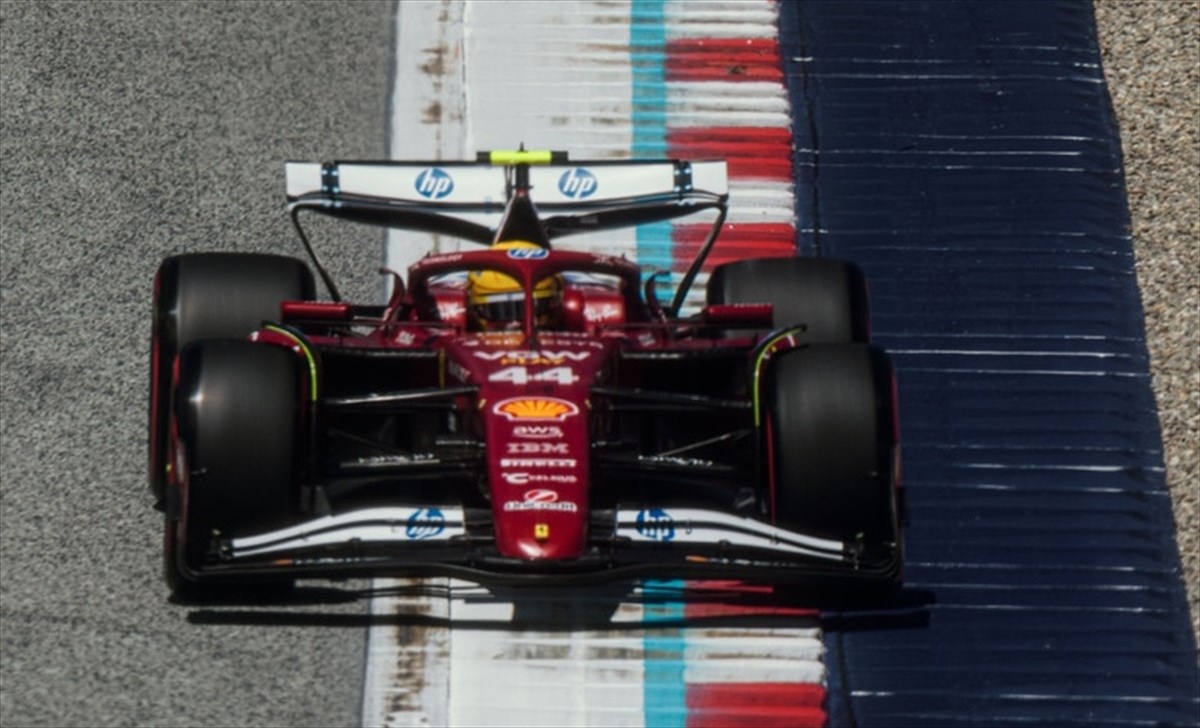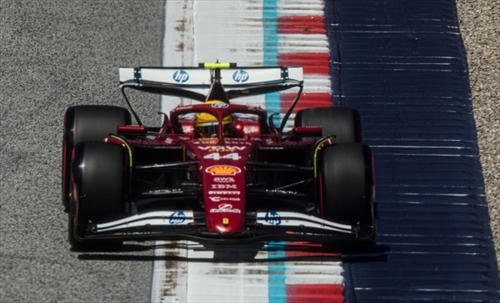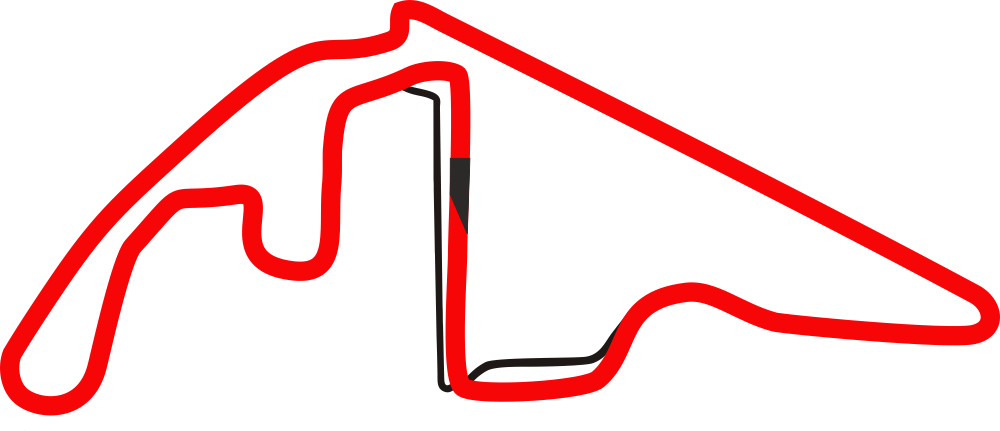Ferrari heads to the Belgian Grand Prix with hopes of a turning point in what has been a frustrating season. The goal is not to chase the dominant McLaren — who seem to be in a league of their own — but rather to unlock the full potential of the SF-25 and firmly establish themselves as the second-best team on the grid. That alone would be both the minimum and maximum target for 2025. But even more crucially, Ferrari wants to prove the worth of the new technical leadership headed by Loic Serra, who has been under scrutiny despite the fact he had no hand in the development of the current car, having joined only last October. The true impact of the new technical team will be seen with the updated rear suspension — designed to fix the car’s weaknesses at the rear end.
The suspension upgrade explained
The goal is to address the key issues that have prevented Ferrari from running the SF-25 as intended — particularly with low ride heights and stiff setups. The new rear suspension, inspired by Mercedes' concept, will feature a forward-inclined front arm on the upper wishbone, designed to stabilize the car during braking and transient phases. This adjustment should help Ferrari run the car closer to the ground, maximizing ground-effect downforce from the floor. While primarily aimed at improving performance in the second half of 2025, these mechanical updates also serve as groundwork for 2026, since the concept will carry over into next year’s project. For this reason, Ferrari has scheduled a filming day at Mugello on July 16, using a modified car to gather data on the updated suspension across different corner types. The goal is to extract useful insights ahead of its race debut.
Testing at Mugello: how useful will it be?
But is this test truly meaningful? According to FIA regulations, filming days are limited to 200 kilometers and require the use of demo tyres, not race-spec compounds. That makes it difficult to gather representative data on a component as sensitive as suspension — especially when it comes to grip, stiffness, and ride height. Additionally, a significant portion of that limited mileage will be used for promotional filming rather than pure testing. While Ferrari has rightly chosen to introduce the new parts as soon as they’re ready, the Mugello run may fall short in offering conclusive data.
Complicating matters further, the timing of the upgrade’s race debut at Spa is not ideal. The Sprint weekend format allows just one hour of free practice, limiting the team’s ability to conduct comparative testing. As a result, engineers will be forced to run a major mechanical upgrade with **little real-world validation** — a gamble that could either pay off or misfire. That’s why it’s essential for fans and insiders alike to avoid premature judgment. The team will likely need two full races to fine-tune the system and fully integrate it with the SF-25. This same process has been seen with other teams that adopted similar changes: meaningful performance gains only came after one or two Grands Prix.
Cover photo: www.ferrari.com



